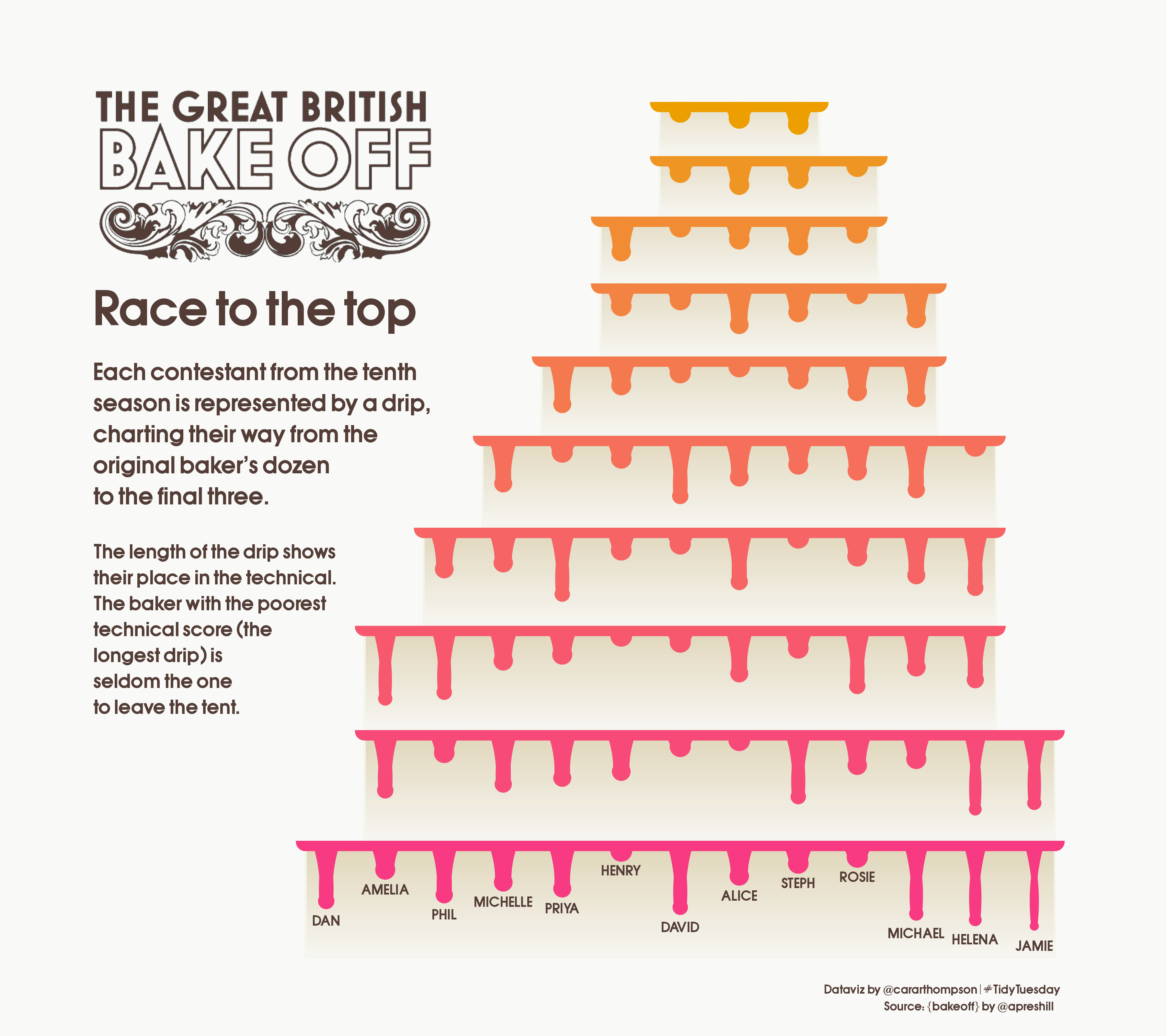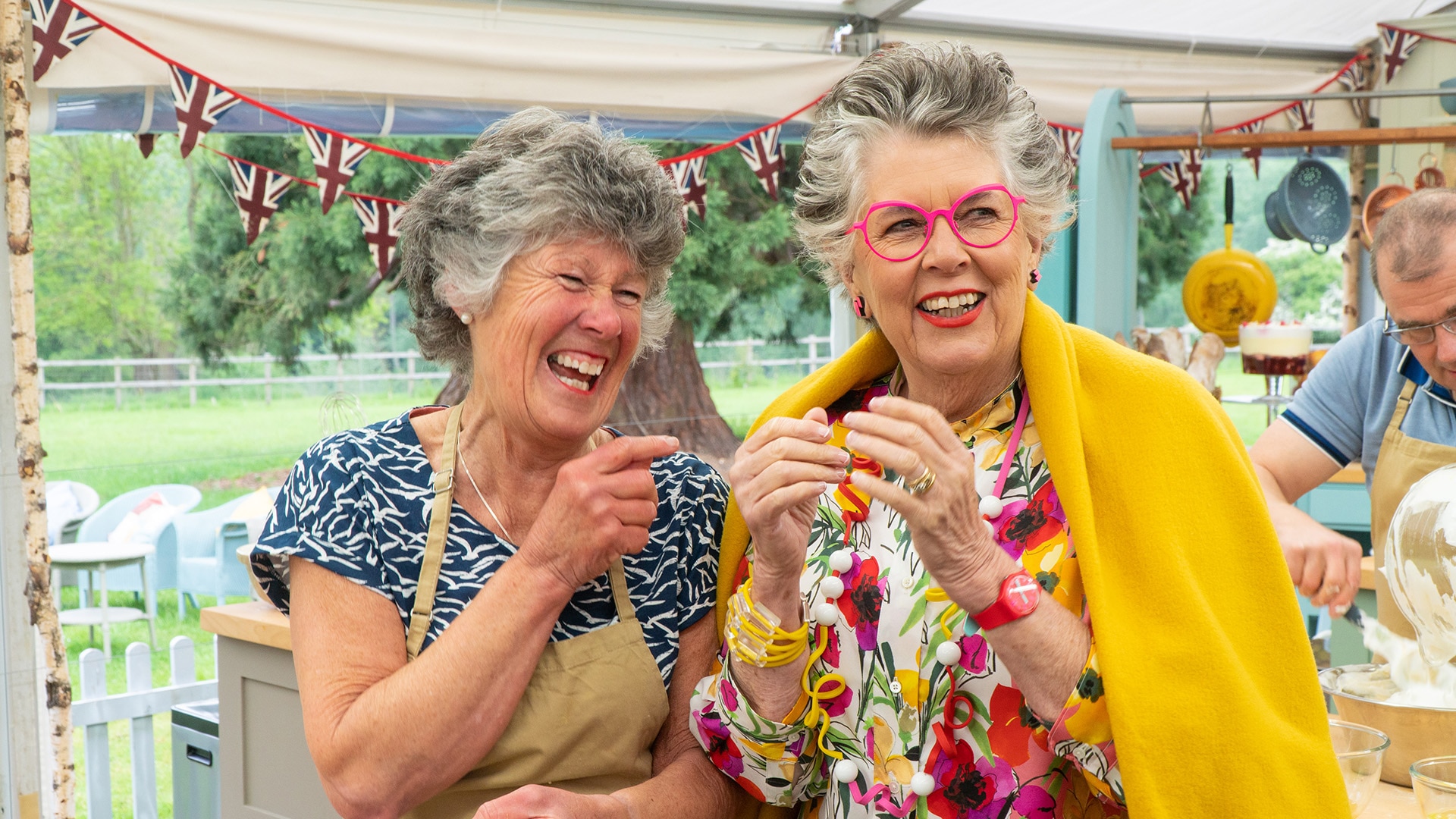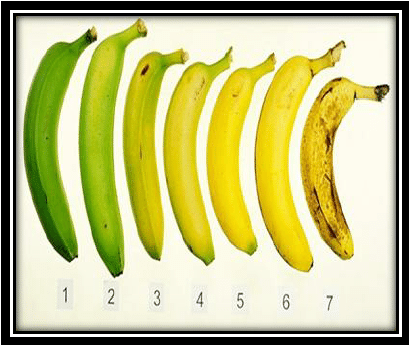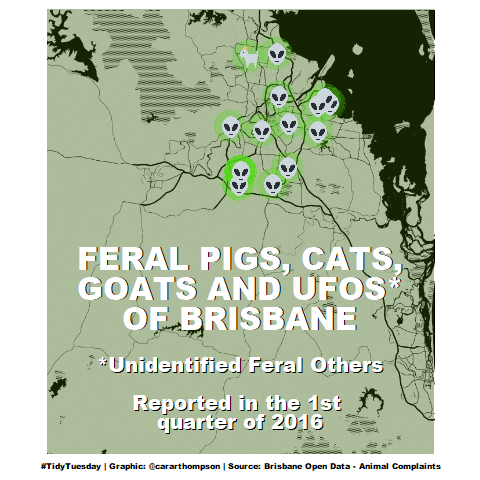Palatable Palettes: Creating and applying bespoke colour schemes
Cara Thompson | NHS-R 2022 Conference | 17th November 2022
Hi there 👋 !
👩 Cara Thompson
👩💻 Freelance data consultant specialising in dataviz and “enhanced” reproducible outputs
💙 Helping others maximise the impact of their expertise
🎨 Five tips for creating and applying bespoke colour schemes to your plots
Please suspend all disbelief

The Great Penguin Bake Off

The Great Penguin Bake Off

Find out more: cararthompson.com/talks/nhsr2022-ggplot-themes
The Great Penguin Bake Off

The Great Penguin Bake Off

The Great Penguin Bake Off

The Great Penguin Bake Off

The Great Penguin Bake Off


#1 - Use colour purposefully
#2 - Let others help you
#3 - Apply colours using a named vector
#4 - Check for accessibility
#5 - Make use of colour interpolation
#1 - Use colour purposefully
#2 - Let others help you
#3 - Apply colours using a named vector
#4 - Check for accessibility
#5 - Make use of colour interpolation
#1 - Use colour purposefully
Make it easy for the readers to remember what is what.
But my graphs aren’t about penguins baking banana bread!
#1 - Use colour purposefully

#1 - Use colour purposefully
Make it easy for the readers to remember what is what.
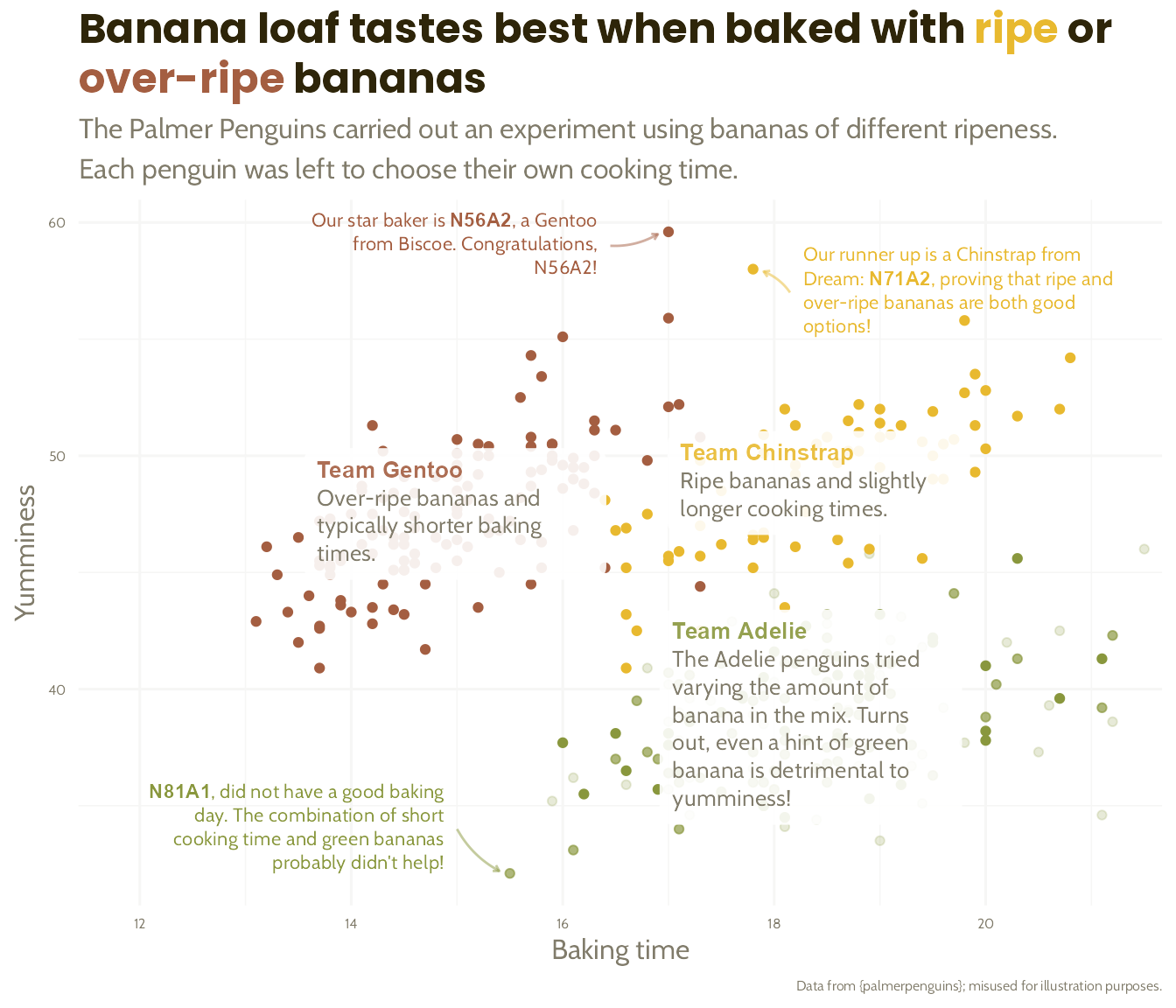
Find out more: cararthompson.com/talks/nhsr2022-level-up
#1 - Use colour purposefully
#2 - Let others help you
#3 - Apply colours using a named vector
#4 - Check for accessibility
#5 - Make use of colour interpolation
#1 - Use colour purposefully
#2 - Let others help you
#3 - Apply colours using a named vector
#4 - Check for accessibility
#5 - Make use of colour interpolation
#2 - Let others help you
🤫 - I find picking colours really tricky
Luckily, there are others who can help…
- Your department brand guidelines
- A photo + something like imagecolorpicker.com to pick out colours
#2 - Let others help you

#2 - Let others help you
#2 - Let others help you
#2 - Let others help you
#2 - Let others help you
- Your department brand guidelines
- A photo + something like imagecolorpicker.com to pick out colours
- Take inspiration from other dataviz / art you like
#2 - Let others help you
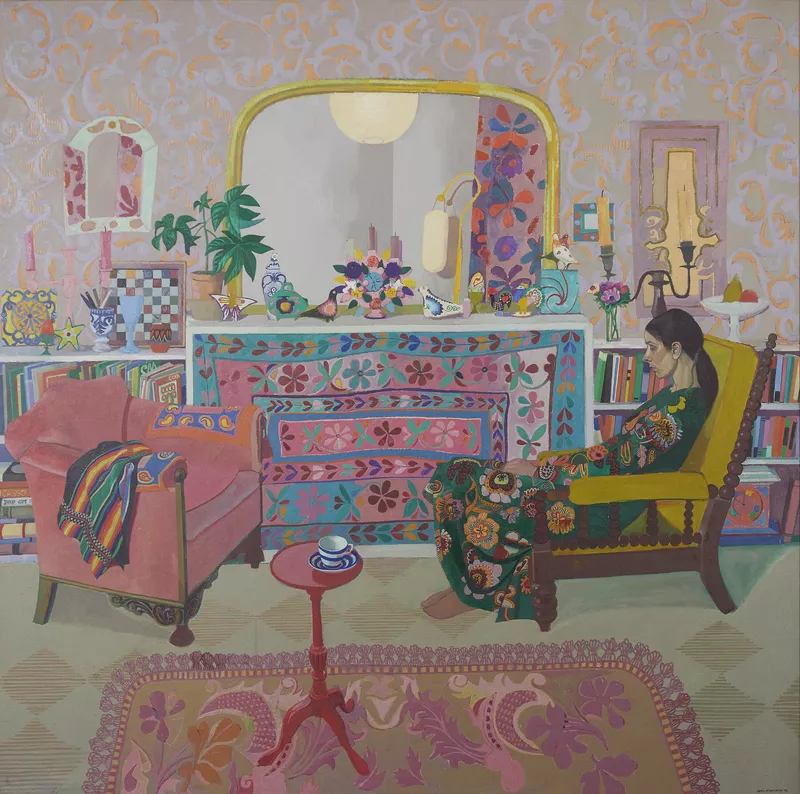
#2 - Let others help you
- Your department brand guidelines
- A photo + something like imagecolorpicker.com to pick out colours
- Take inspiration from other dataviz / art you like
- Google images and “[whatever you like] palette”
#2 - Let others help you

#2 - Let others help you
- Your department brand guidelines
- A photo + something like imagecolorpicker.com to pick out colours
- Take inspiration from other dataviz / art you like
- Google images and “[whatever you like] palette”
- Or… start from the colour wheel and read around how best to use it
- Using a tool like paletton.com makes it easier!
Find out more: blog.datawrapper.de/colors-for-data-vis-style-guides/
#1 - Use colour purposefully
#2 - Let others help you
#3 - Apply colours using a named vector
#4 - Check for accessibility
#5 - Package up as a default palette
#1 - Use colour purposefully
#2 - Let others help you
#3 - Apply colours using a named vector
#4 - Check for accessibility
#5 - Package up as a default palette
#3 - Apply colours using a named vector
Once you’ve found your colours, the quick fix…
#3 - Apply colours using a named vector
… might be a dangerous shortcut!
ggplot(penguins %>%
# Oh, that should be a factor,
# let me fix that for you!
mutate(species =
factor(species,
levels = c("Chinstrap",
"Gentoo",
"Adelie"))),
aes(x = bill_depth_mm,
y = bill_length_mm,
colour = species)) +
geom_point(size = 5) +
labs(x = "Baking duration",
y = "Yumminess") +
theme_nhsr_demo() +
scale_colour_manual(values = c("#89973d",
"#e8b92f",
"#a45e41"))#3 - Apply colours using a named vector
What is going on?
The values will be matched in order (usually alphabetical) with the limits of the scale, or with breaks if provided. If this is a named vector, then the values will be matched based on the names instead. Data values that don’t match will be given
na.value.
#3 - Apply colours using a named vector
Create a named vector
banana_colours <- c("Adelie" = "#89973d",
"Chinstrap" = "#e8b92f",
"Gentoo" = "#a45e41")
ggplot(penguins,
aes(x = bill_depth_mm,
y = bill_length_mm,
colour = species)) +
geom_point(size = 5) +
labs(x = "Baking duration",
y = "Yumminess") +
theme_nhsr_demo() +
scale_colour_manual(values = banana_colours)#3 - Apply colours using a named vector
Create a named vector
banana_colours <- c("Adelie" = "#89973d",
"Chinstrap" = "#e8b92f",
"Gentoo" = "#a45e41")
ggplot(penguins %>%
# Oh, that should be a factor,
# let me fix that for you!
mutate(species =
factor(species,
levels = c("Chinstrap",
"Gentoo",
"Adelie"))),
aes(x = bill_depth_mm,
y = bill_length_mm,
colour = species)) +
geom_point(size = 5) +
labs(x = "Baking duration",
y = "Yumminess") +
theme_nhsr_demo() +
scale_colour_manual(values = banana_colours)#3 - Apply colours using a named vector
Key advantages
- Know the colours are applied to the right data points!
- Keep colour-data pairings consistent throughout the project
- Package up a default palette
- Reuse colours in the text
ggtext::element_markdown()- Level up your plots
Find out more: cararthompson.com/talks/nhsr2022-level-up
#3 - Apply colours using a named vector
#1 - Use colour purposefully
#2 - Let others help you
#3 - Apply colours using a named vector
#4 - Check for accessibility
#5 - Package up as a default palette
#1 - Use colour purposefully
#2 - Let others help you
#3 - Apply colours using a named vector
#4 - Check for accessibility
#5 - Package up as a default palette
#4 - Check for accessibility
📦 {colorblindr} - Claire D. McWhite and Claus O. Wilke
a package to apply simulations of color vision deficiencies to existing ggplot2 figures. It can simulate various classes and severities of color blindness, as well as desaturate plots.
Find out more: https://github.com/clauswilke/colorblindr
#4 - Check for accessibility

#4 - Check for accessibility

#4 - Check for accessibility
Easiest way to do this? Build a palette that goes from a lighter colour to a darker colour.
A few helpful resources:
- Find colours - mycolor.space
- Test palette - Chroma.js Color Palette Helper
- Test text contrast - webaim.org/resources/contrastchecker
#1 - Use colour purposefully
#2 - Let others help you
#3 - Apply colours using a named vector
#4 - Check for accessibility
#5 - Make use of colour interpolation
#1 - Use colour purposefully
#2 - Let others help you
#3 - Apply colours using a named vector
#4 - Check for accessibility
#5 - Make use of colour interpolation
#5 - Make use of colour interpolation
What if I don’t know how many colours I need?
- Build more than you’re likely to need and allow
Rto pick colours to maximise distance- ⚠️ It just picks e.g. #1, #5 and #9 in the order of your vector
- Pick 2 or 3 anchor colours and let
RinterpolatecolorRampPalette()
#5 - Make use of colour interpolation
my_anchor_colours <- c("green", "blue", "purple")
palmerpenguins::penguins %>%
mutate(island_fm = paste0(island, sex)) %>%
ggplot() +
geom_point(aes(x = bill_length_mm,
y = bill_depth_mm,
colour = island_fm,
size = body_mass_g),
show.legend = FALSE) +
theme_nhsr_demo() +
scale_color_manual(
values = colorRampPalette(
my_anchor_colours)(9))#5 - Make use of colour interpolation
imagecolorpicker.com + Chroma.js Color Palette Helper

#5 - Make use of colour interpolation
my_anchor_colours <- c("#4f3c78", "#d3970a", "#c0979c")
palmerpenguins::penguins %>%
ggplot() +
geom_point(aes(x = bill_length_mm,
y = bill_depth_mm,
colour = island,
size = body_mass_g),
show.legend = FALSE) +
theme_nhsr_demo() +
scale_color_manual(
values = colorRampPalette(
my_anchor_colours)(3))#5 - Make use of colour interpolation
my_anchor_colours <- c("#4f3c78", "#d3970a", "#c0979c")
palmerpenguins::penguins %>%
mutate(island_fm = paste0(island, sex)) %>%
ggplot() +
geom_point(aes(x = bill_length_mm,
y = bill_depth_mm,
colour = island_fm,
size = body_mass_g),
show.legend = FALSE) +
theme_nhsr_demo() +
scale_color_manual(
values = colorRampPalette(
my_anchor_colours)(9))#5 - Make use of colour interpolation
my_anchor_colours <- c("#375248", "#d3970a", "#7691b1")
palmerpenguins::penguins %>%
mutate(island_fm = paste0(island, sex)) %>%
ggplot() +
geom_point(aes(x = bill_length_mm,
y = bill_depth_mm,
colour = island_fm,
size = body_mass_g),
show.legend = FALSE) +
theme_nhsr_demo() +
scale_color_manual(
values = colorRampPalette(
my_anchor_colours)(9))#5 - Make use of colour interpolation
There are only so many colours you can use in a plot!
There’s so much more we could talk about!
- Creating your own
scale_nhsdemo_colour/fill()functions - You can even have several palettes!
scale_nhsdemo_colour("Birmingham")?
- Basing your “dark text” colour on the central / most important colour in your palette
Five tips for creating and applying bespoke colour palettes
#1 - Use colour purposefully
#2 - Let others help you
#3 - Apply colours using a named vector
#4 - Check for accessibility
#5 - Make use of colour interpolation
Happy plotting!
@cararthompson

Slides and recording: cararthompson.com/talks/nhsr2022-palatable-palettes


